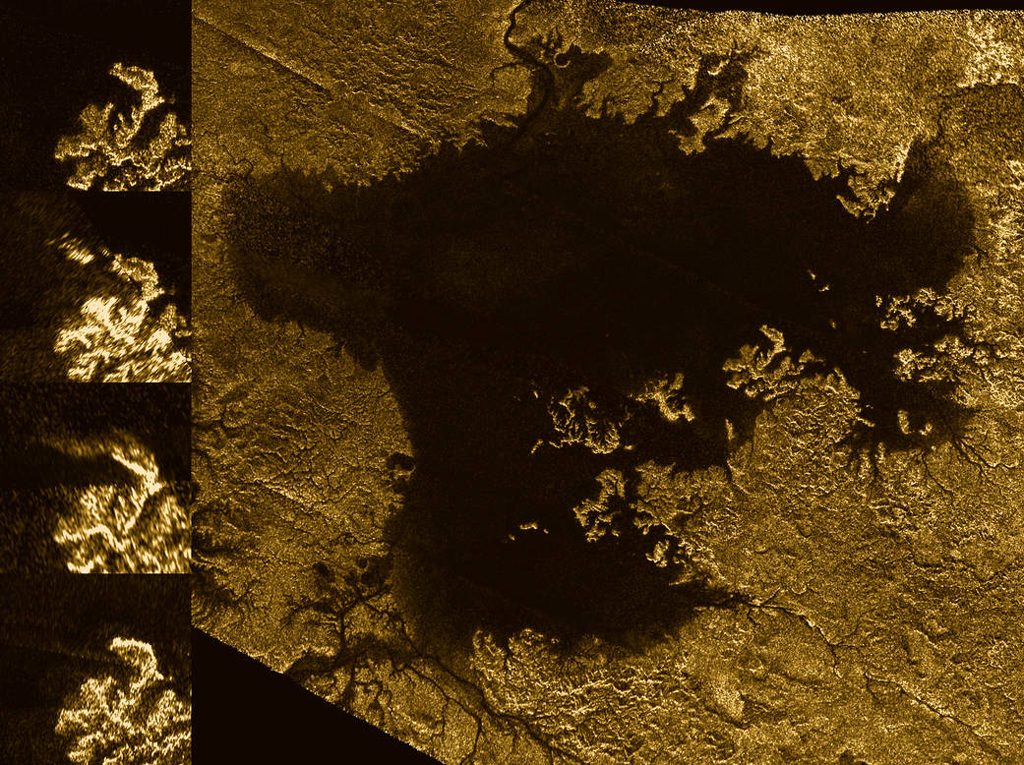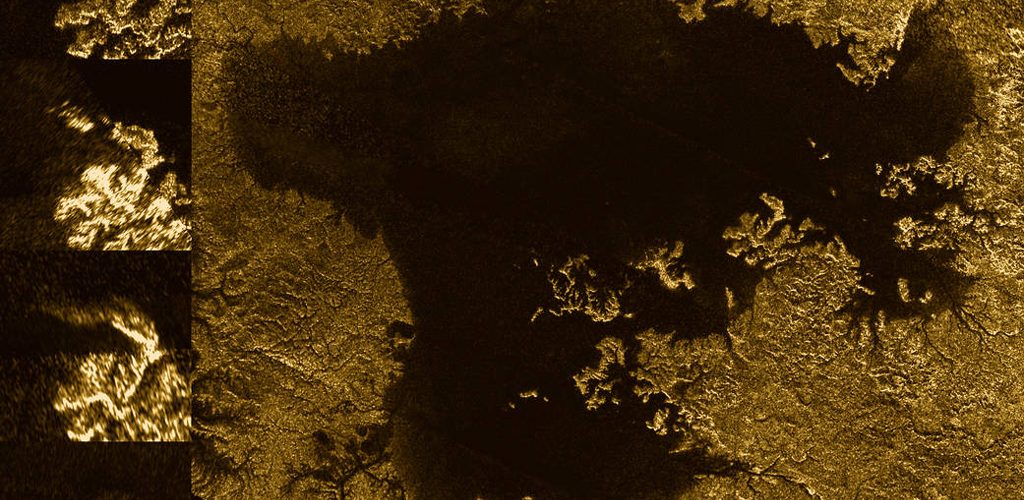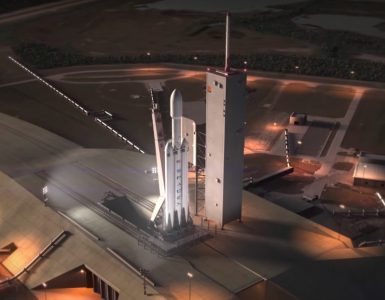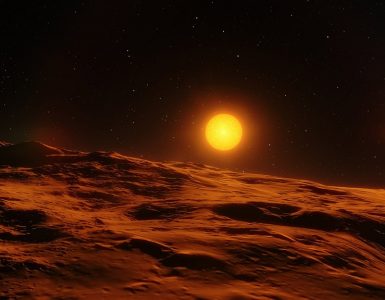The enigma surrounding deep space and other celestial bodies in the universe has always intrigued us. Our understanding of its mysteries is increasing day by day. Researchers are putting in huge efforts to put the pieces of this puzzles together and each new mission into space brings latest information that lifts the darkness of ignorance.
Saturn’s moon titan is the focus of interest for active space research. It is bigger than our own moon and planet mercury. It is the only moon in the solar system which has a dense atmosphere and weather system. Its surface has numerous lakes and one of the largest one is called Ligeia Mare sea. These lakes are composed of nitrogen, methane and ethane.

In 2013, Nasa sent Cassini orbiter mission to survey titan. The images sent back by the orbiter showed some strange activity in the Ligeia Mare Sea, bright ephemeral regions. These were later called as mystery islands as they would disappear and reappear on their own. This puzzle set the scientists in a path to find out what was causing this phenomenon. Many would have liked to believe that an alien activity might be causing this but the researchers using the numerical data from the orbiter along with chemical experiments have finally found the reason for this phenomenon and no, little green men are not involved.
The magic islands are thousands of bubbles surfacing at the top of the sea. These bubbles are formed when the nitrogen, methane and ethane mixture become unstable at elevated temperatures and pressures. The densities of these three components keep them in separate layers with nitrogen being in the top layer and methane being in the bottom. The hydrodynamic circulation causes these components to mix but due to different densities the nitrogen is pushed up hence causing the bubbles to appear on the surface. These latest findings were published in a paper called Astronomy Nature by Daniel Cordier, a research scientist at the Centre National de la Recherche Scientifique in Paris.
The moon of Jupiter and Saturn’s other moons has many cryovolcanoes and oceans on their surfaces. The researchers have found that these oceans contain elements that are essential for life to exist. Titan’s surface has fewer cryovolcanoes; however the environment is too volatile to support any kind of life form.
“Contrary to the case of Enceladus where active geysers are well observed, there are only a few cryovolcano candidates at the surface of Titan, and there is really no convincing evidence of their activity,” Cordier said. “Titan’s internal water ocean may be similar to that of Europa or Enceladus, but the existence of a form of life in these oceans belongs, for the moment, to the domain of science fiction.”




















